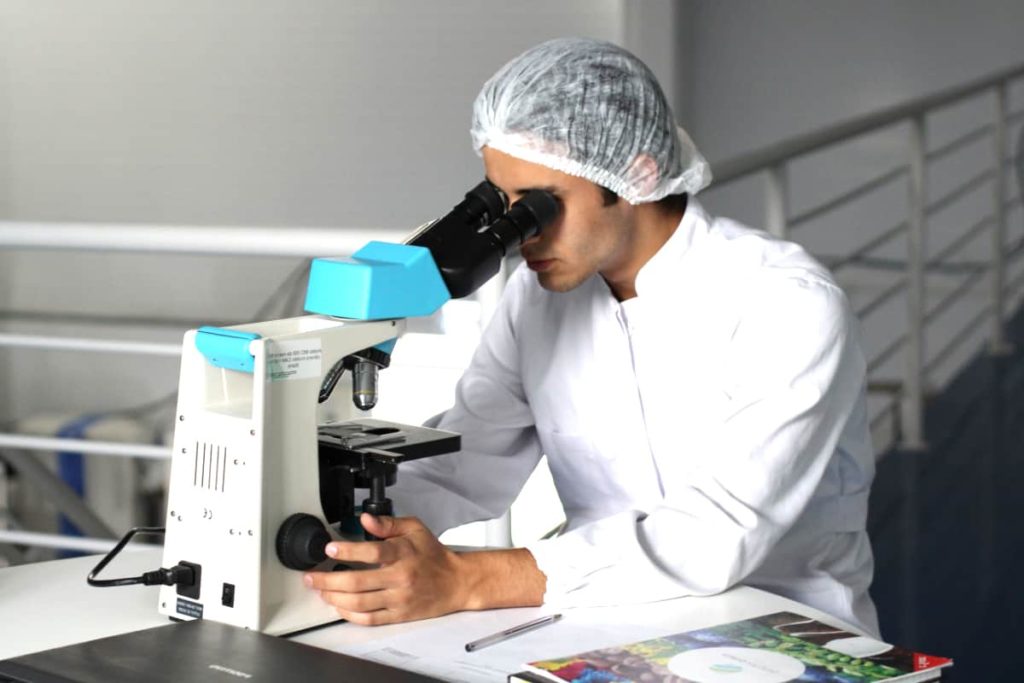In Vitro fertilization is not a new concept to anyone now as it is widely used assisted reproductive technology (ART) assisting individuals or couples to have their child when their natural conception is challenging to them. The IVF process involves a series of carefully timed and coordinated steps designed to stimulate egg production, retrieve eggs and sperm, fertilize the eggs in a laboratory, and transfer the resulting embryos into the uterus. In this article, we will understand the five key stages of IVF that help patients in navigating their journey with great confidence and clarity.
The Five Stages of IVF
1. Ovarian Stimulation
When we talk about the first stage of IVF, it is ovarian stimulation, commonly known as controlled ovarian stimulation. Normally, one egg per menstrual cycle is released through a woman’s ovaries. However, IVF aims at producing multiple mature eggs so that the chances of successful fertilization and pregnancy are higher. This is mainly achieved with the help of daily injections of fertility medications, primarily
-stimulating hormone (FSH) and sometimes luteinizing hormone (LH), over a period of about 8 to 14 days.
During this stage, the ovaries are closely taken into consideration for monitoring with the help of transvaginal ultrasounds and blood tests for tracking the growth and development of ovarian follicles that hold eggs. The medication dosage given to the patient is adjusted based on the response of the individual. At the end of this stage, a “trigger shot” of human chorionic gonadotropin (hCG) or a similar hormone is administered to mature the eggs and prepare them for retrieval.
2. Egg Retrieval
Once the eggs get matured during the first stage, retrieval of eggs from the ovaries takes place in the second stage. This is a minimally invasive outpatient procedure performed under mild sedation. During this, a thin needle is inserted through the vaginal wall into the ovaries using ultrasound guidance to aspirate the fluid from follicles and make the collection of eggs.
The process of egg retrieval generally takes 20-30 minutes, and patients are usually allowed to go home on the same day. The eggs collected from the ovaries are taken directly to the laboratory for examination and preparation of fertilization.
3. Sperm Collection and Fertilization
The day when egg retrieval is driven, sperm are collected on the same day either from any partner or a donor. The collected sperm samples are processed to check the most motile and healthiest sperm. As the fertilization is driven in the lab with the combination of both eggs and sperm in a culture dish. This is followed by two main fertilization techniques-
- Conventional IVF insemination: Eggs and sperm are placed together in a dish to allow natural fertilization.
- Intracytoplasmic sperm injection (ICSI): A single sperm is directly injected into each mature egg, often used when sperm quality or quantity is low.
After insemination, the eggs are incubated in a controlled environment for assessment. Here, the fertilization takes around 16 hours after checking the presence of two pronuclei, which indicates the success of the fertilization process. Moreover, embryos are cultured for several days so that their development can be monitored precisely.
4. Embryo Culture
After the fertilization process, the embryos are mainly cultured in the laboratory considering 3 to 5 days. During this phase, embryologists observe the growth and quality of embryos so that the best candidate can be selected for the transfer.
Embryo culture ensures that embryos are developed during the blastocyst stage, usually during day 5 as it has higher potential for implantation. As seen, many clinics also perform preimplantation genetic testing to screen for chromosomal abnormalities at this stage, so that it could help in improving the chances of a healthy pregnancy.
5. Embryo Transfer
This is the final stage where embryos are transferred. Here, one or more selected embryos are selected and placed in the uterus of women with the help of a thin catheter inserted through the cervix. This is a simple and painless procedure, thus, it does not require any anesthesia. The number of embryos transferred in the process relies on various factors such as embryo quality, previous IVF history, and the patient’s age, while aiming at balancing the success of pregnancy and reducing the multiplicity of risks.
After the transfer, luteal phase support with progesterone supplements is typically provided to help prepare the uterine lining for implantation and support early pregnancy.
About two weeks after the embryo transfer, a pregnancy test is performed to determine if the procedure was successful.
Conclusion
The IVF process is a complex but well-structured journey involving five essential stages: ovarian stimulation, egg retrieval, sperm collection and fertilization, embryo culture, and embryo transfer. Each stage is critical for optimizing the chances of conception and a healthy pregnancy. Advances in fertility medications, laboratory techniques, and embryo assessment have significantly improved IVF success rates, offering hope to many individuals and couples facing infertility.
Understanding these stages helps patients prepare mentally and physically for the treatment, making the IVF experience less daunting and more manageable. With the support of fertility specialists and a dedicated medical team at Parihar IVF Ajmer, many achieve their dream of parenthood through this remarkable reproductive technology.

